ABOUT THE AUTHOR
Janell Moons childhood diaries were filled with her adventures in natures arms and the wonder of Ohios rivers and green hills. Heaven drifted through her braided hair and she used writing, then as now, to help her understand herself and her spirit through the changing seasons of her life.
Moon is a writing instructor at the College of Marin and at San Francisco Community College. She has a private practice as a counselor and hypnotherapist in San Francisco. She has spent twenty years helping people to better understand themselves and find their spiritual and creative voice. She uses writing as an important tool for the journey toward wholeness.
Her fourth book of poetry, The Mouth of Home, was recently published by Arctos Press and is distributed by Baker & Taylor & Small Press Distribution in Berkeley, California.
For information on individual sessions or workshops, Moon can be reached at .
ACKNOWLEDGMENTS
I wish to acknowledge the caring people in my life who helped hold the vision for me as I wrote this book: Gregory Szydlowski, Wendy Schuller-Szydlowski, Jan Alice Pfau, Bonnie Marlzak, C. B. Follett, Claire Wolf Krantz, Fran oise Case, Sherrill Crawford, Celeste West, Patrick Arbore, and Luke Kronenberg. I appreciate the Alanon crones group in San Francisco for helping me become my age and the Metropolitan Community Church for being there.
A special thank-you to my mother, Eileen Mains Pfau, who held me in her heart as I wrote and to the memory of my father, Emert, for believing there was something more. And heartfelt love to Lonnie Hull DuPont for being the talent that she is and believing in mine. The editorial guidance of Jan Johnson was a gift that made this happen, and thanks also go to Caroline Pincus, the great shaper. To the wise woman on my shoulder, Rest now, we did it.
APPENDIX:
THE TECHNIQUES REVISITED
I thought it would be helpful to put all the techniques together again here as a handy reference. This way you can refer back to the techniques whenever you need a refresher. They really are a marvelous way of entering a writing mind.
Streaming
Just start writing across the page. Keep going. Write your name if you dont know what else to write. Continue without much thinking. Dont stop. Make doodles to fill in the lines if you have nothing to say. Pay no attention to the inner critic. This is your time to wonder. This is a time to be curious and explore. After several minutes of being present with your writing, youll find youre in a shift. Youve really let go and are just writing. Keep going. After youve written for fifteen minutes or more, go back and underline insights and anything youd like to continue at another time.
Gazing into the Waters
1. Take several deep breaths into your belly. Pay attention to your breathing, in and out.
2. Focus attention on the top of your head and slowly shift your awareness down your body until you reach your toes.
3. Imagine yourself descending a stairway while counting from one to ten. Feel your body going down, stepping slowly.
4. Imagine yourself arriving at an entryway and moving through it into a place you find calming, perhaps a quiet garden or sandy seashore. What surrounds you? Where do you sit? What do you see? Use your senses to sharpen this special place: sounds, fragrances, feelings, body sensations, something to touch, something that beckons. This is a place to use over and over until just remembering it calms you. From this place, you can explore whatever you like.
Dialoguing
Write down the names of ten teachers in your life. The teachers may be actual classroom teachers, neighbors, parents, or influential adults from whom you have learned valuable lessons. A teacher may also be a quality such as time or patience. Be sure to have one of your ten teachers be your own wise speaking voice, the self you are developing spiritually through your writing.
Now, write down a concern. Maybe youre wondering if you should stay in a relationship even though you have greatly changed through the years and would not choose this person if you met today. It could be a concern about not liking to be alone and wondering how you could learn not to feel so empty.
Look over your list of teachers and see which teacher could help you out with this particular concern. Imagine a conversation with this teacher.
Clustering
Begin by choosing a word you want to write about. Write it in the center of the page, then write down every word that comes to mind. Write down words even if they dont make sense. Write down words that seem odd or silly. You can work in a circular fashion. Keep concentrating on doing this and youll feel a shift in your consciousness as words just occur to you. Write them down quickly before the judge censors them.

Notice how one word leads to another. Sometimes, your mind will jump to a more concrete word or an unexpected one. Do the clustering in whatever way works for you and youll seed your fertile soil. You can start with the word inspiration and see where it takes you. Later, you can do some streaming from the ideas or feelings that emerge from the cluster. You can take a wing of the cluster and do some streaming on that section and see what new insights arise.
Listmake
Listmake organizes your thoughts and can be used as a jumpstart for streaming. Listmake by writing a list of what you like about yourself. Make a list of the feelings youd have to give up if you lived as though you really liked these things about yourself. Now use streaming and imagine yourself in a conversation where you really liked yourself.
Peace Meditation
The Peace Meditation helps us feel our feelings rather than watching what our mind does. Those feelings are connected to our self-knowledge. This meditation leans on the pause and lets us keep in touch with our body and its breath but gives us room to feel.
1. Notice the out breath. Say old as you breathe out. This releases you from the past.
Now notice the in breath This gives you time to pause between out breaths; it gives you time to feel your feelings. The in breath is an opening. It helps you practice patience. Notice how expanded you feel.
Dream Sourcing
1. Write down a dream.
2. Choose the main feelings in the dream.
3. Choose the main images.
Decide in a sentence or two what the dream is about.
5. Give the dream a title.
6. Decide the question the dream asks.
Do wise speaking dialogues with the main images/people of the dream.
8. Ask each image/person for a gift.
9. Tell the meaning of the dream. Or reverse the meaning of the dream.
Coming Together
1. Write down your dream.
2. List the main players in the dream. They could be a neighbor, a cat, an ice cream cone, a friend, your sister or brother.
3. List the actions of the main players. For instance, the neighbor retreating from a cats hissing, a cat hissing.
4. Write down how each of the main players is a part of you.
5. Acknowledge all parts of yourself and, using gazing into the waters, ask the dream what it wants you to know. You may want to then ask how your parts can work in harmony since they are all a part of you. You might, for example, decide the part of you that is afraid must learn from the hissing part how to defend you.
WEEK 1: THE BIG PICTURE
 Awareness of Connection
Awareness of Connection
There was a time when I was between jobs and I would wake up at night and write down my connections. I would write about my friend Suzanne, my shelter; Margie, my fun and escape; Greg, my heart; Donna, the artist of my soul. I would remember Ohio and how I loved its fields.

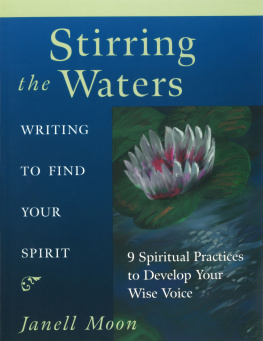


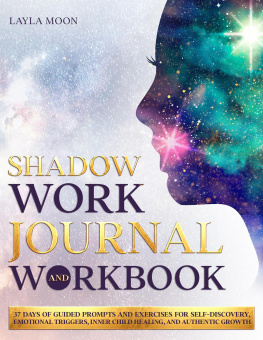

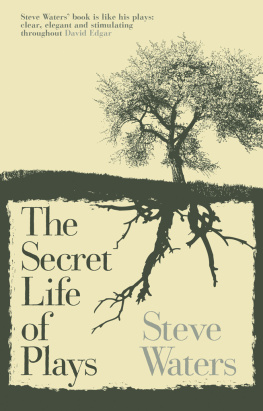

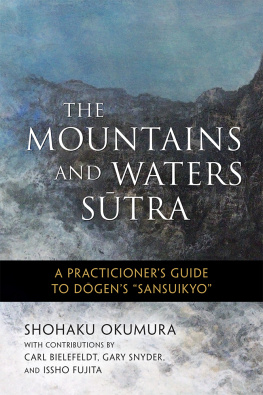

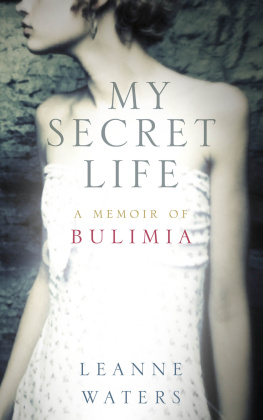

 Awareness of Connection
Awareness of Connection